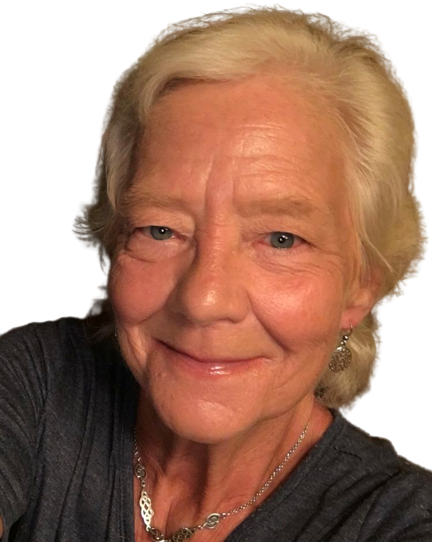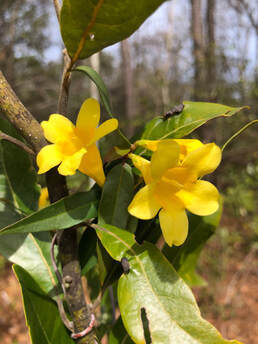
All four seasons have their advantages, and I like them all, but spring must be my favorite. It’s a magical time of year. My little part of the world transforms from a gray, monotonous landscape to a gorgeous rainbow of colors, seemingly overnight.
Right now, the Carolina Jessamine vines are peaking out of ditches and thickets, showing off their bright yellow flowers. They’re usually the first native plants to bloom. I think of them as nature’s way of informing us that spring will soon be here.
I enjoy keeping track of the bare twigs and the leafless bushes as they begin to sport new life. By paying attention to minute changes, it’s not such a surprise when roadsides become speckled with varying shades of blue, white, pink, and green. I love to watch the bees, butterflies, moths, wasps, and other creatures as they leave their winter homes to explore the blossoming treasures.
Yep, spring is just around the corner.
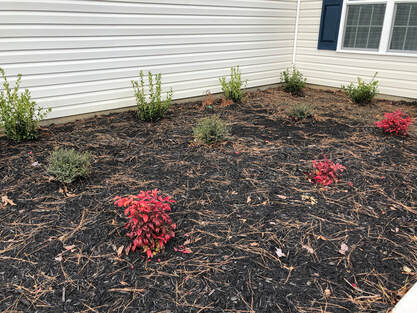
It’s already March, and I haven’t even started winter sowing. Now that we’re in our new home, I’ll try to get some annuals started. Last weekend, Silke and I loaded up a U-Haul trailer and transported all my worldly goods to our new home. So, after we get everything inside the house sorted, I’ll be able to concentrate on outside stuff.
Unfortunately, the pre-planted garden beds are filled with non-native bushes such as Japanese privet, Chinese holly, and the invasive Heavenly bamboo (Nandina). They’re going to go.
The few Yaupon holly bushes will remain, even though they’re a dwarf cultivar. I’ll fill in around them with mixed wildflower seeds from the SC Native Plant Society.
That will be our first task – not too difficult, even though we’ll have to clear away about six inches of wood mulch to get to the soil.
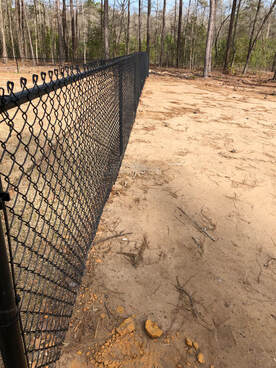
Converting our yard into an insect/bird/wildlife paradise will take a long time, as in years. It’s overwhelming to contemplate all the work ahead of us. I know we don’t have to do everything all at once, but time is a factor.
I wonder if I’ll live long enough to see my dream come true. Hope so. At any rate, I’ll plug away at it as best I can.
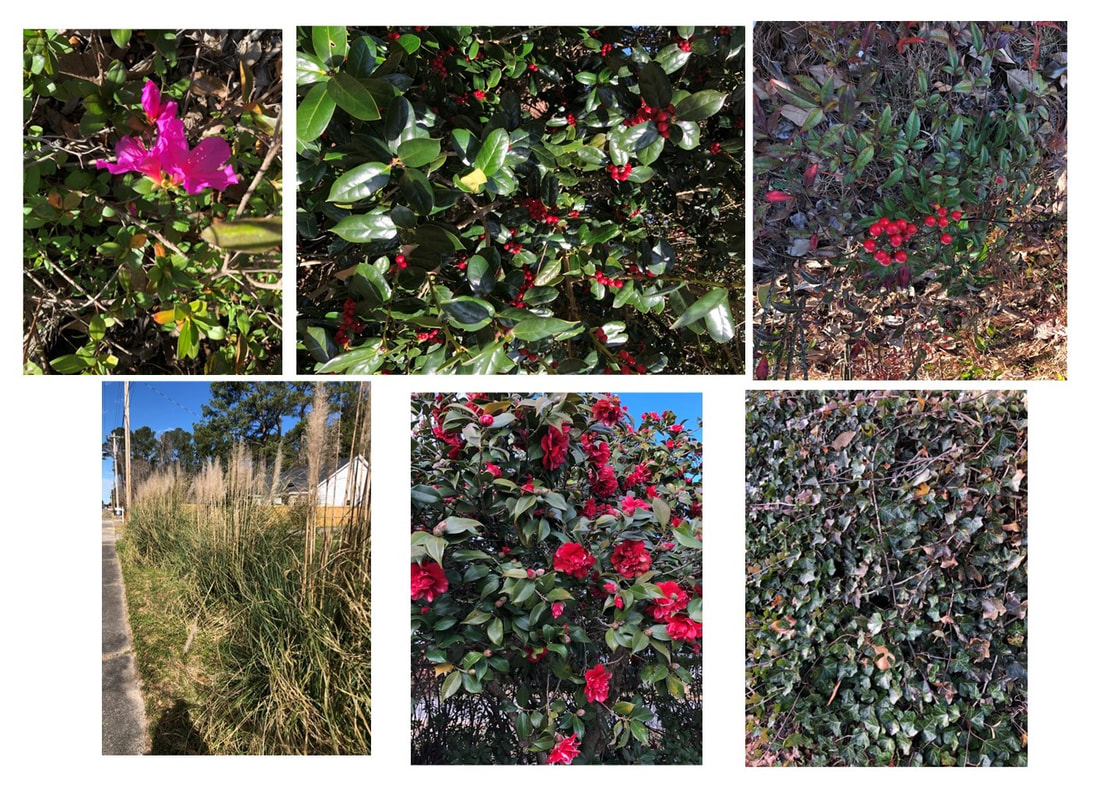
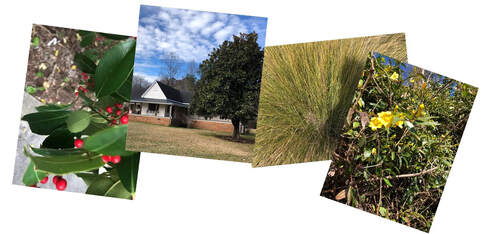
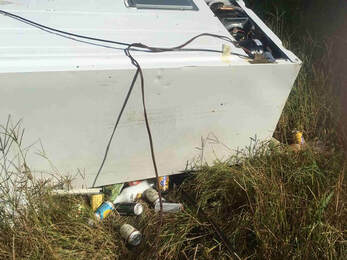
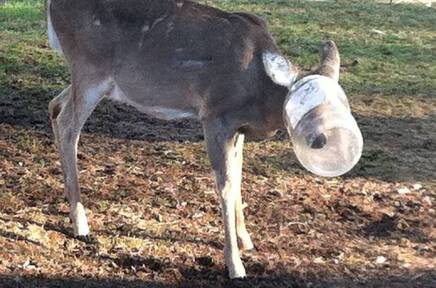
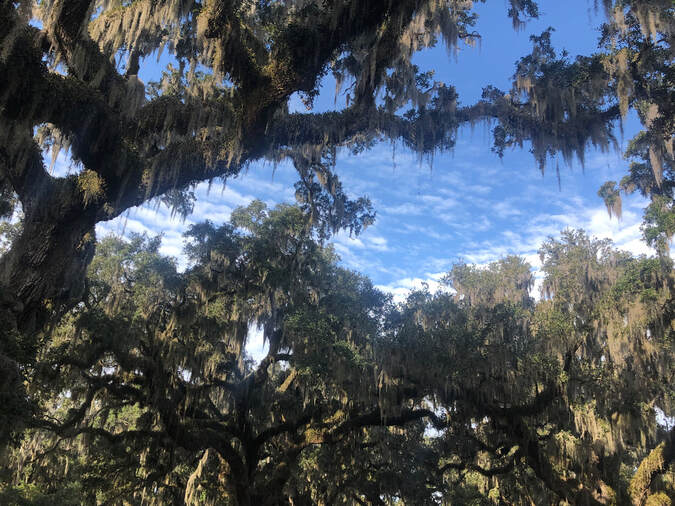
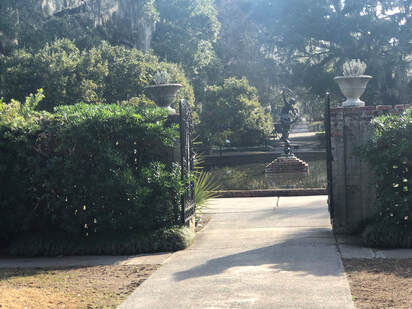

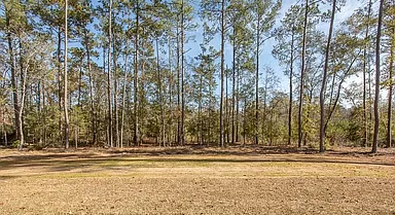
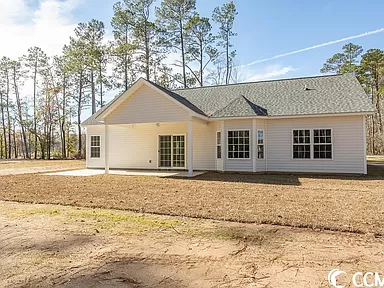
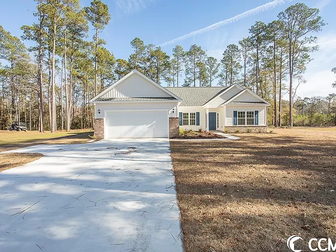

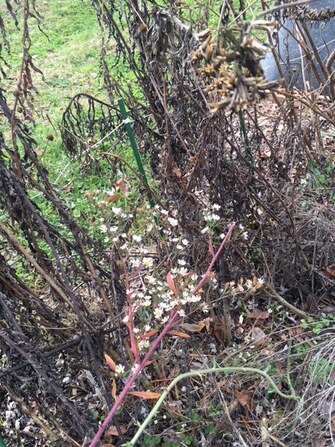

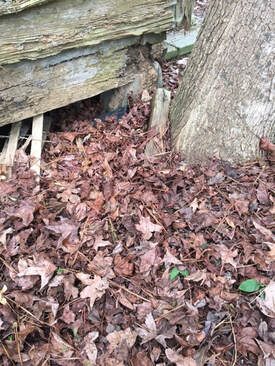
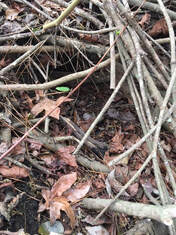
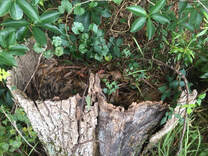
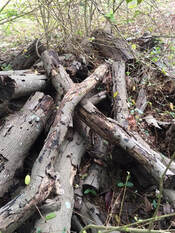
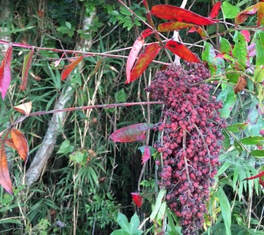
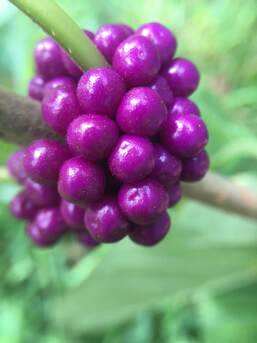

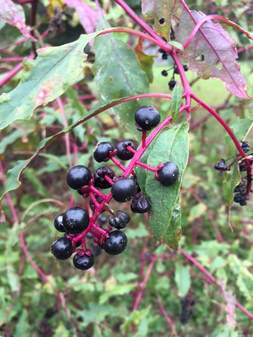
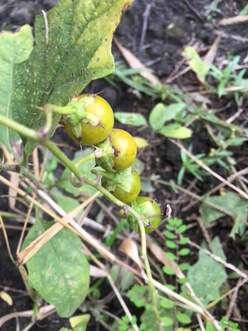
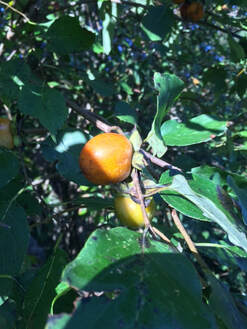
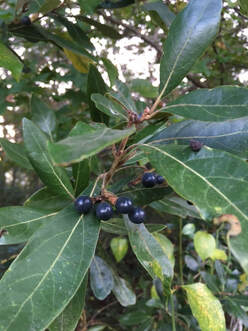
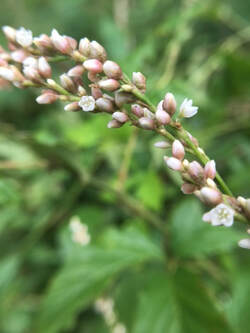
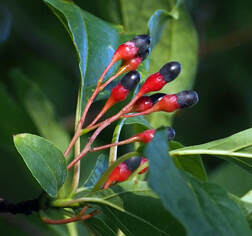
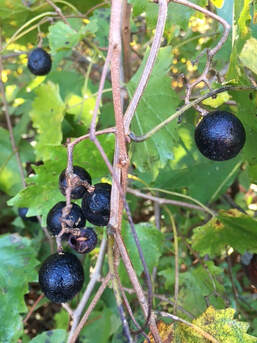
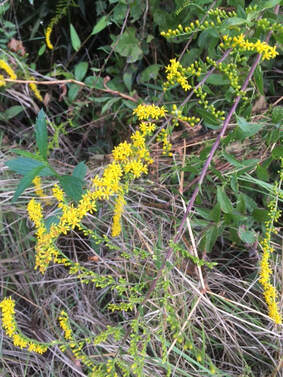
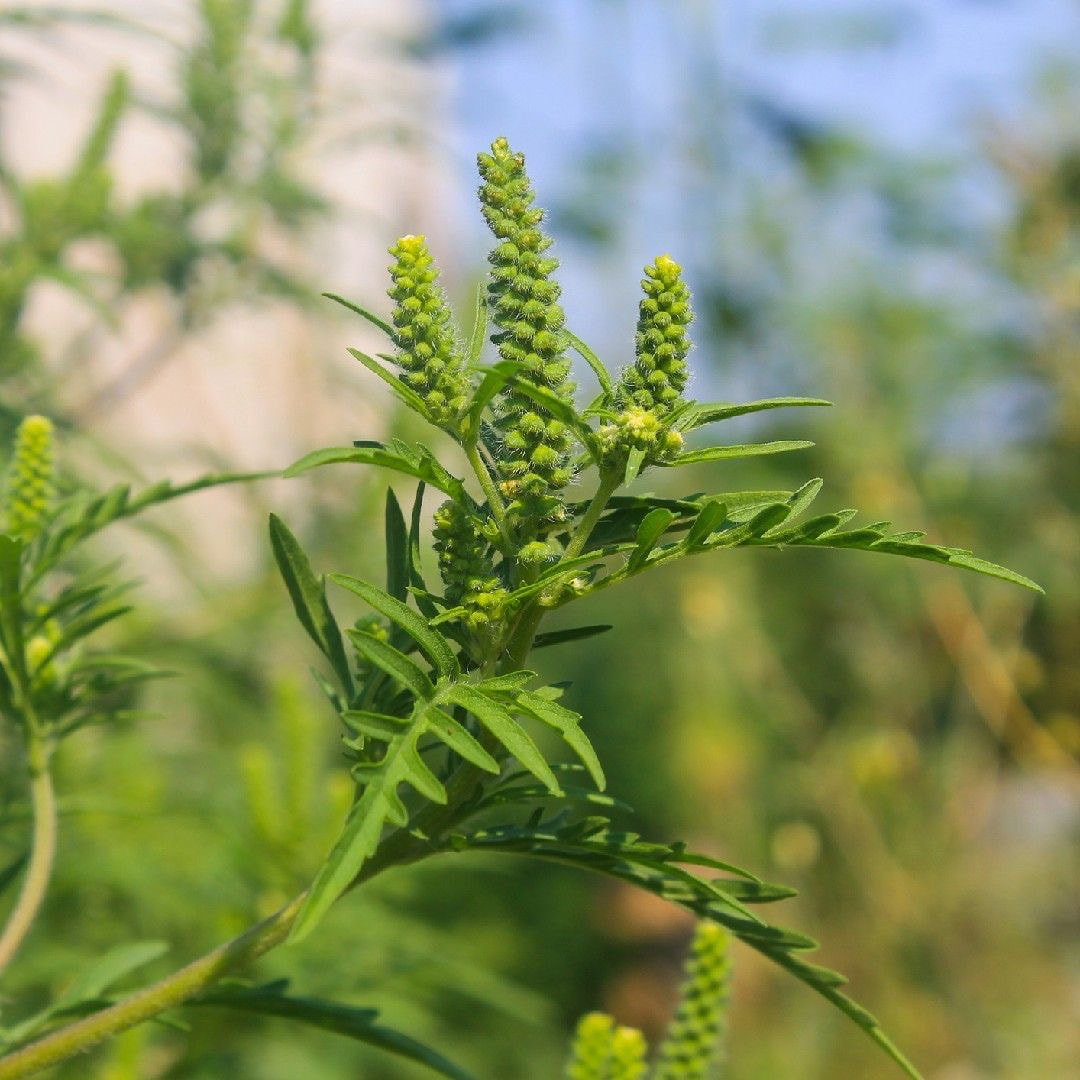
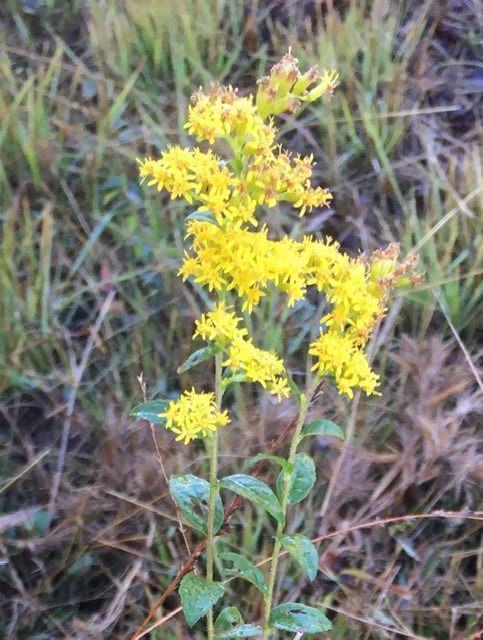
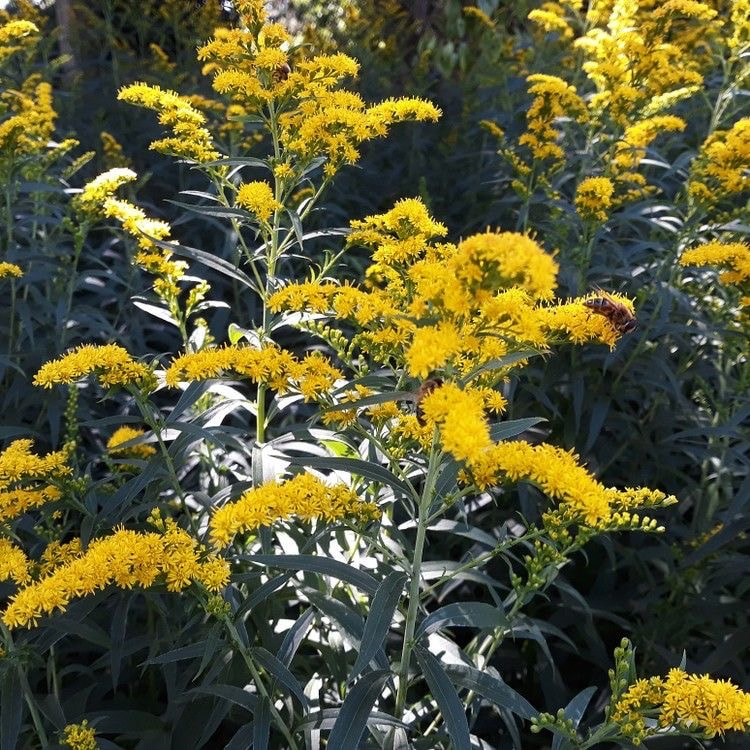

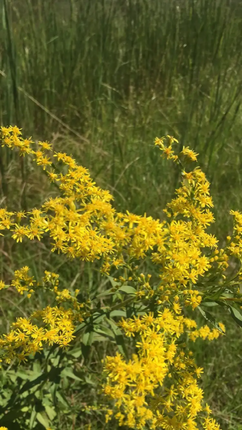
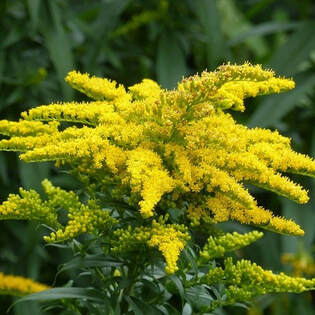
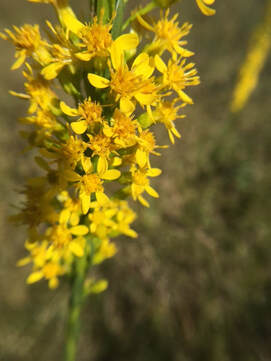
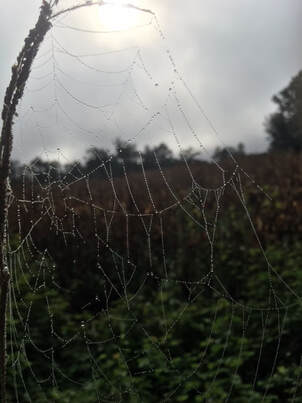
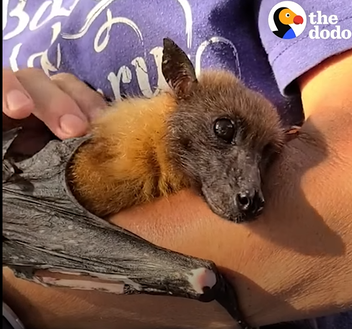


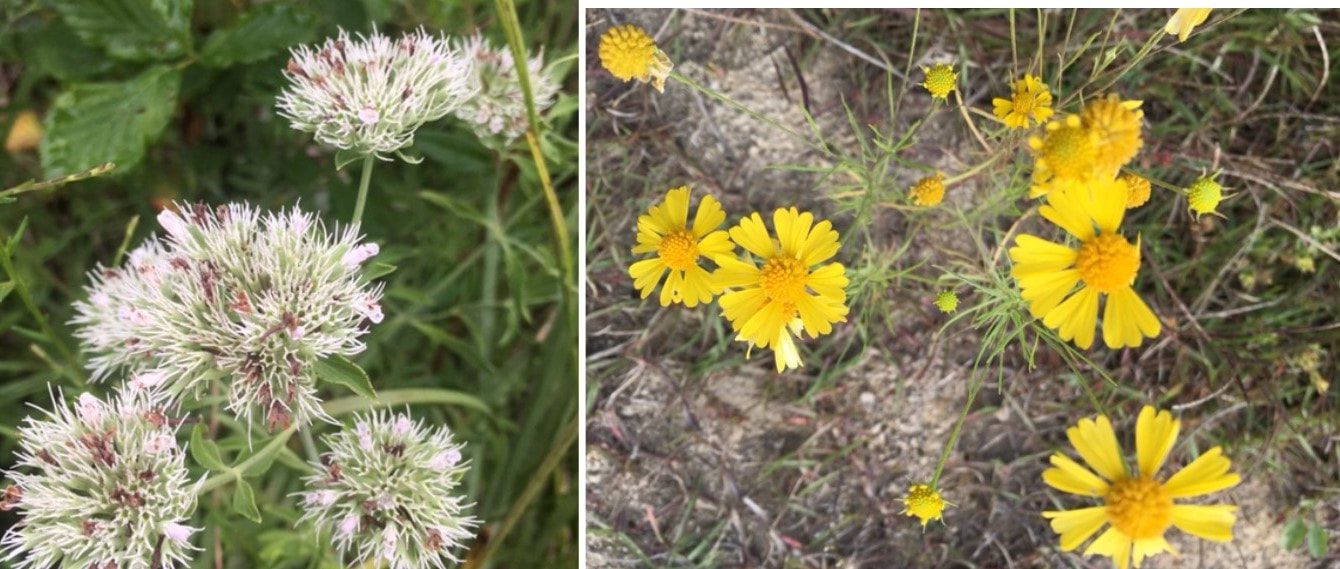


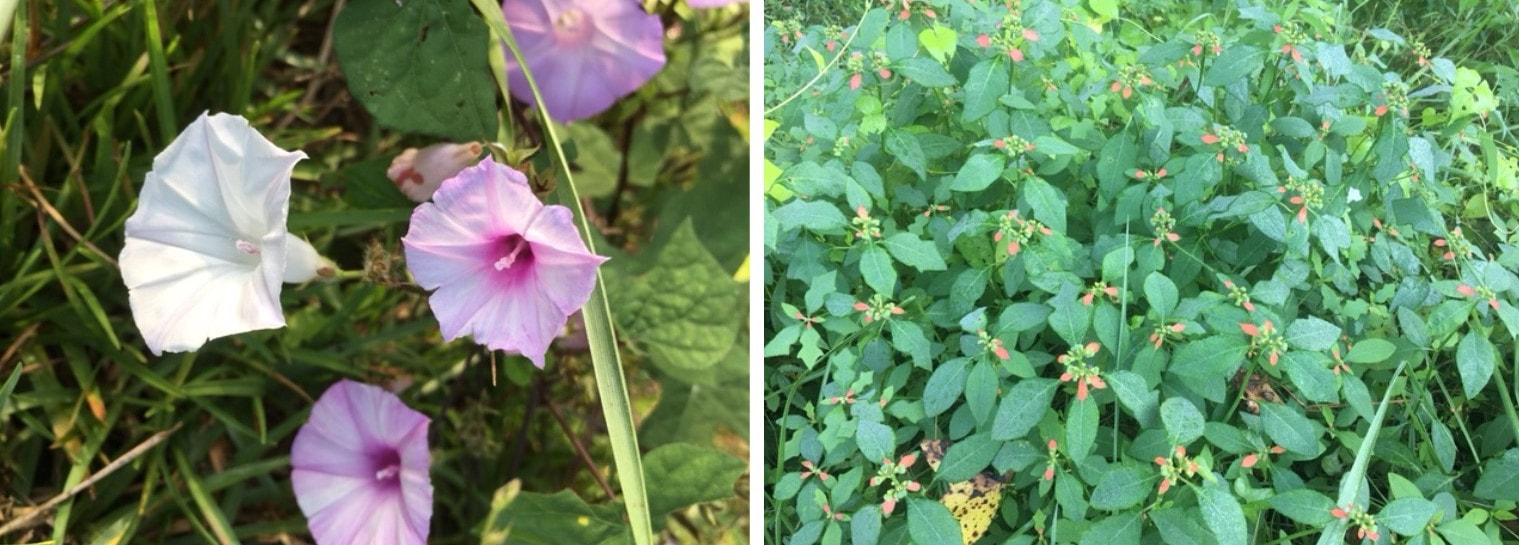
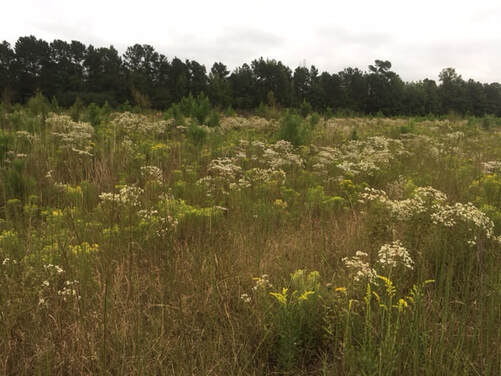
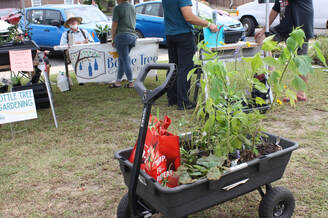
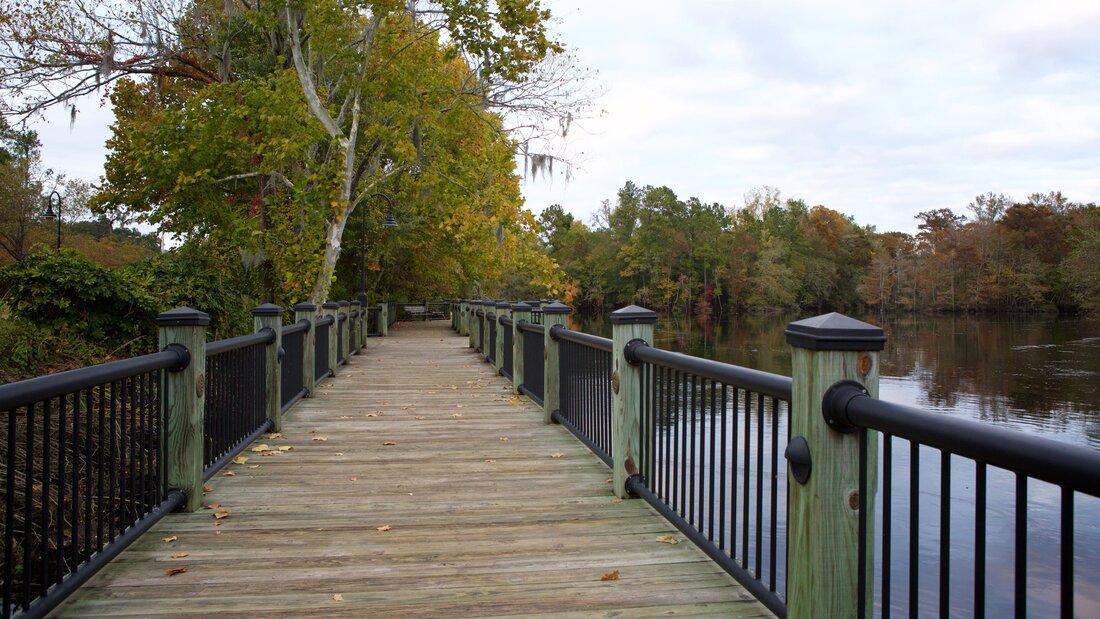
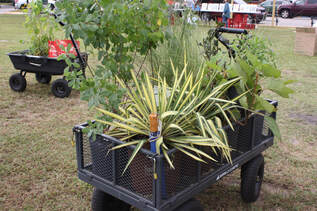
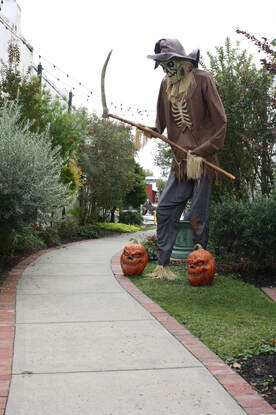
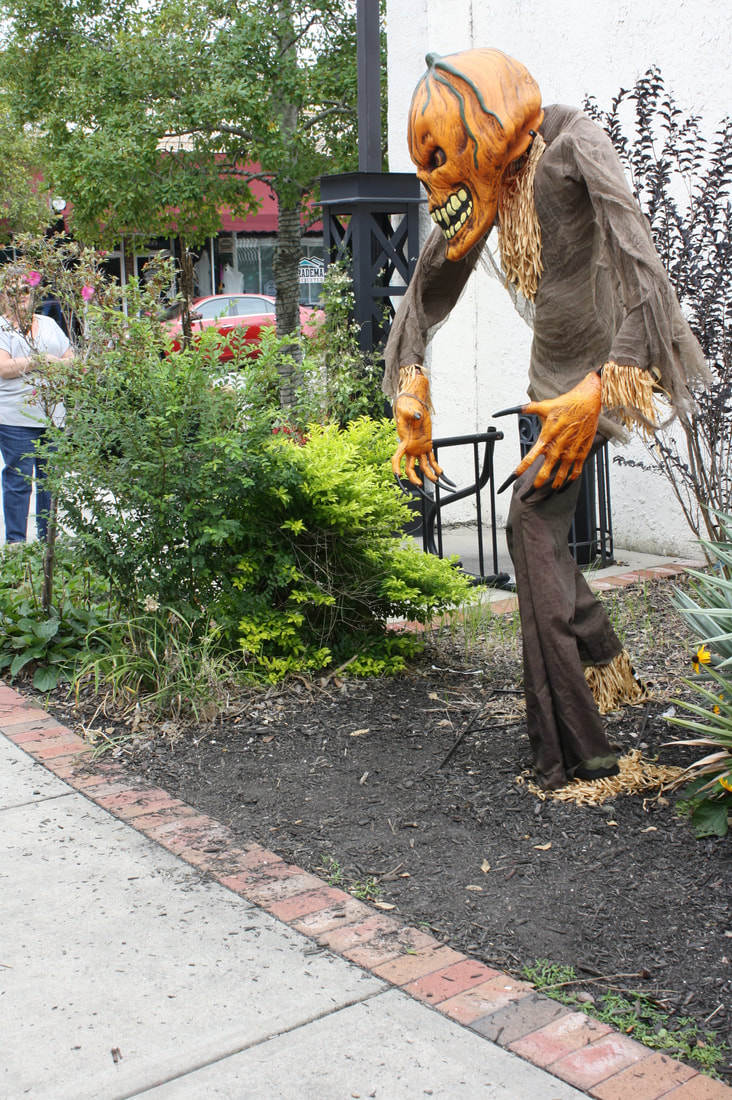
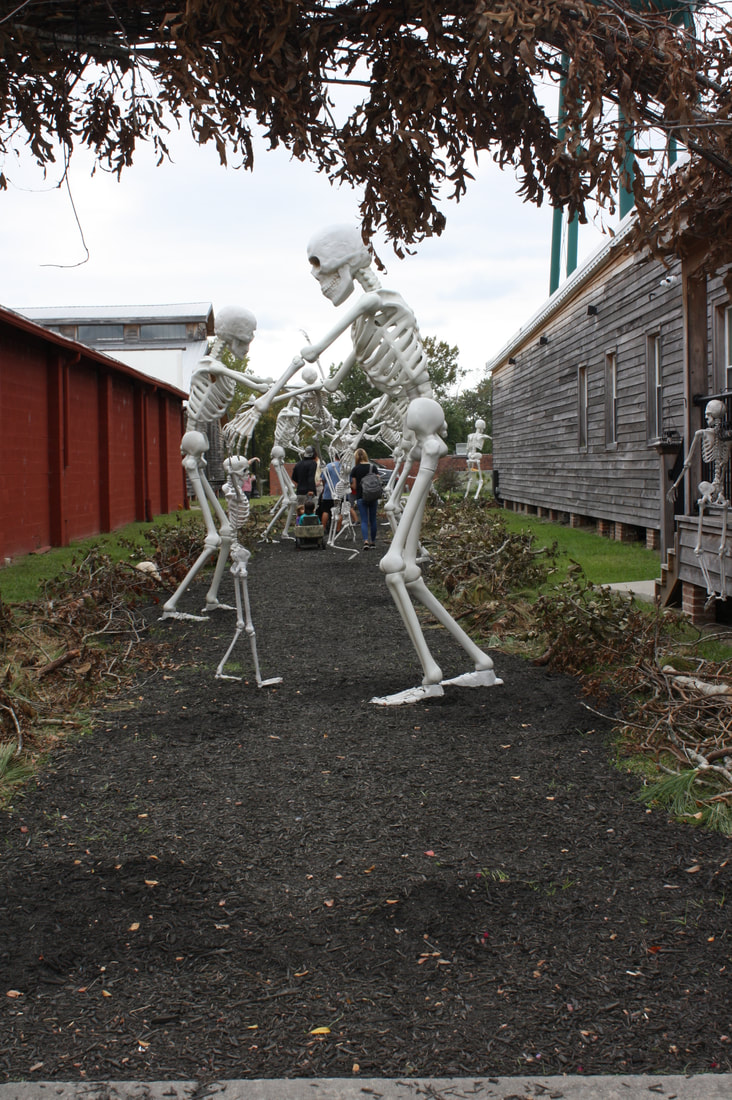
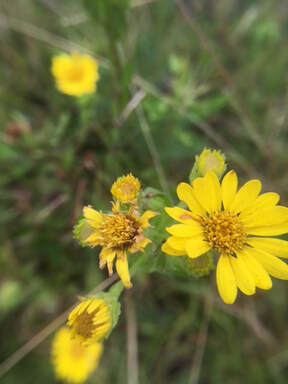
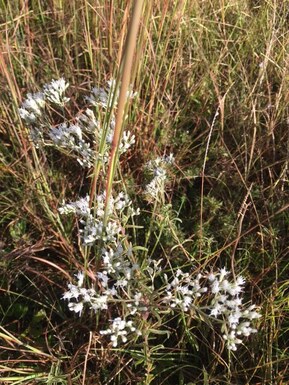
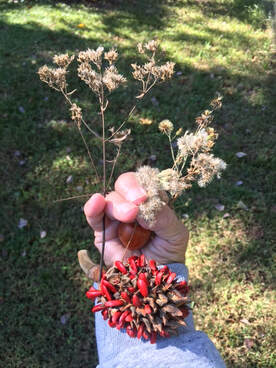
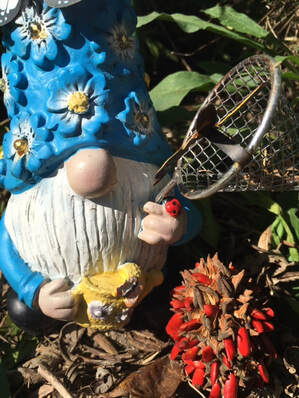
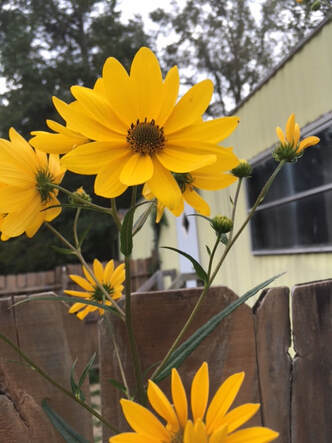
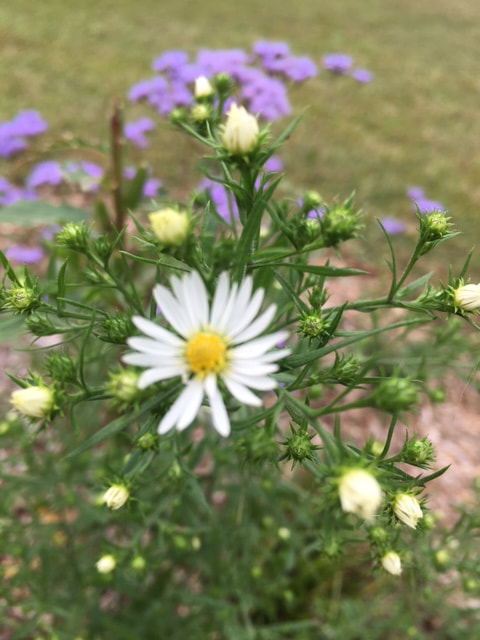
 RSS Feed
RSS Feed
